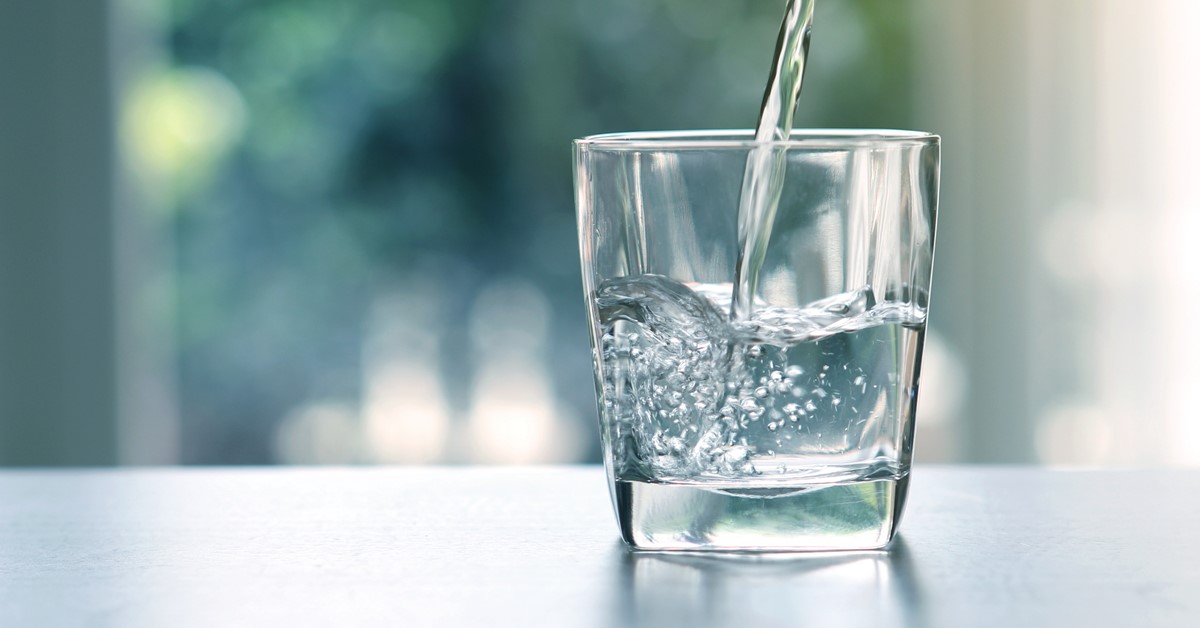Los Angeles builds wastewater to purified water facility
The city of Los Angeles in the USA is building additional facilities at the Donald C. Tillman Water Reclamation Plant to turn wastewater into purified drinking water for 250,000 residents and to mitigate the threats from future droughts.
Water recycling in the San Fernando Valley
The facility will be built alongside the Donald C. Tillman Water Reclamation Plant at a cost of €698 million. When complete, it will purify treated wastewater, producing an estimated 20 million gallons of drinking water a day.
The facility has been three decades in the making and forms part of the L.A. Groundwater Replenishment Project, which is preparing for the likelihood of worsening droughts and water scarcity issues, while reducing a reliance on the need to import water from elsewhere.
From plant to basins to taps
The Donald C. Tillman Water Reclamation Plant began operations in 1985 and was expanded in 1991 to produce 80 Mg/d of treated water which has been primarily used for irrigation.
The new facility will be the first providing the city with purified recycled water as part of its drinking water supply. Water produced by the plant will be piped 10 miles northeast of the plant to L.A. County's Hansen Spreading Grounds, where it will flow into basins and percolate into the groundwater aquifer for storage.
The water will later be pumped from wells by the L.A. Department of Water and Power for additional testing and treatment before entering the drinking water supply system where it will be delivered to taps.
Jesus Gonzalez, manager of water resources at the L.A. Department of Water and Power, told media: "It's a major step forward for the city. The recycled water is a new source of sustainable, drought-proof drinking water supply."
Using Orange County as benchmark
While L.A.'s initial plans for using treated recycled water as part of the drinking water supply system met with delays, opposition and setbacks that last three decades, a joint partnership between Orange County Water District and the Orange County Sanitation District built the Groundwater Replenishment System, the world's largest water purification system for indirect potable reuse.
Water that would once have been pumped into the Pacific Ocean now undergoes as three-stage process: microfiltration, reverse osmosis, and ultraviolet light with hydrogen peroxide, before filtering to the groundwater basin. This produces water that meets all state and federal drinking water standards.
Gonzalez added: "We are going to build the same type of treatment system that Orange County has now employed for 15 years successfully," the water would be, he added, "incredibly safe once it's pumped out and served to our customers."
Mark Gold, director of water scarcity solutions for the Natural Resources Defense Council, told media that the project should have been completed decades ago: "This was recycled water that should have been in the city's system 20 years ago, but the politics of water stopped it."
He added: "It's great that it's finally happening and will be completed quickly."
Pure Water Los Angeles and Pure Water Southern California
The plant at the Donald C. Tillman facility is not the only project being developed to reuse treated water. Los Angeles currently imports 90% of its water from other sources, such as Eastern Sierra, the Sacramento-San Joaquin River Delta and the Colorado River.
Threats to water infrastructure and supply from earthquakes, scarcity and climate change mean securing new and reliable sources of drinking water is vital for a water resilient future, and for meeting L.A.'s goal of recycling 100 per cent of the city's wastewater by 2035. While current plans are all for indirect potable water, direct use is also under consideration.
As much as 230 Mg/d – approximately a third of L.A.'s drinking water supply – could be provided by the city's largest wastewater treatment facility through a project called Pure Water Los Angeles. The plan is to treat recycled water from the Hyperion Water Reclamation Plant, however, the project will begin with a demonstration facility at the Department of Water and Power's Griffith Park complex which will be used to road test treatment technologies and monitoring methods.
The Metropolitan Water District is developing plans for a water recycling facility in Carson with a demonstration facility already testing technologies such as membrane bioreactors as part of a staged purification process. Estimates suggest the Pure Water Southern California project could produce 150 Mg/d at a total plant cost of €7.6 billion.
Share your water technology stories with us
Do you have an innovation, research results or an other interesting topic you would like to share with the international water technology industry? The Aquatech website and social media channels are a great platform to showcase your stories!
Please contact our Sr Brand Marketing Manager Annelie Koomen.
Are you an Aquatech exhibitor?
Make sure you add your latest press releases to your Company Profile in the Exhibitor Portal for free exposure.
We promise never to send you spam and you can unsubscribe at any time!



